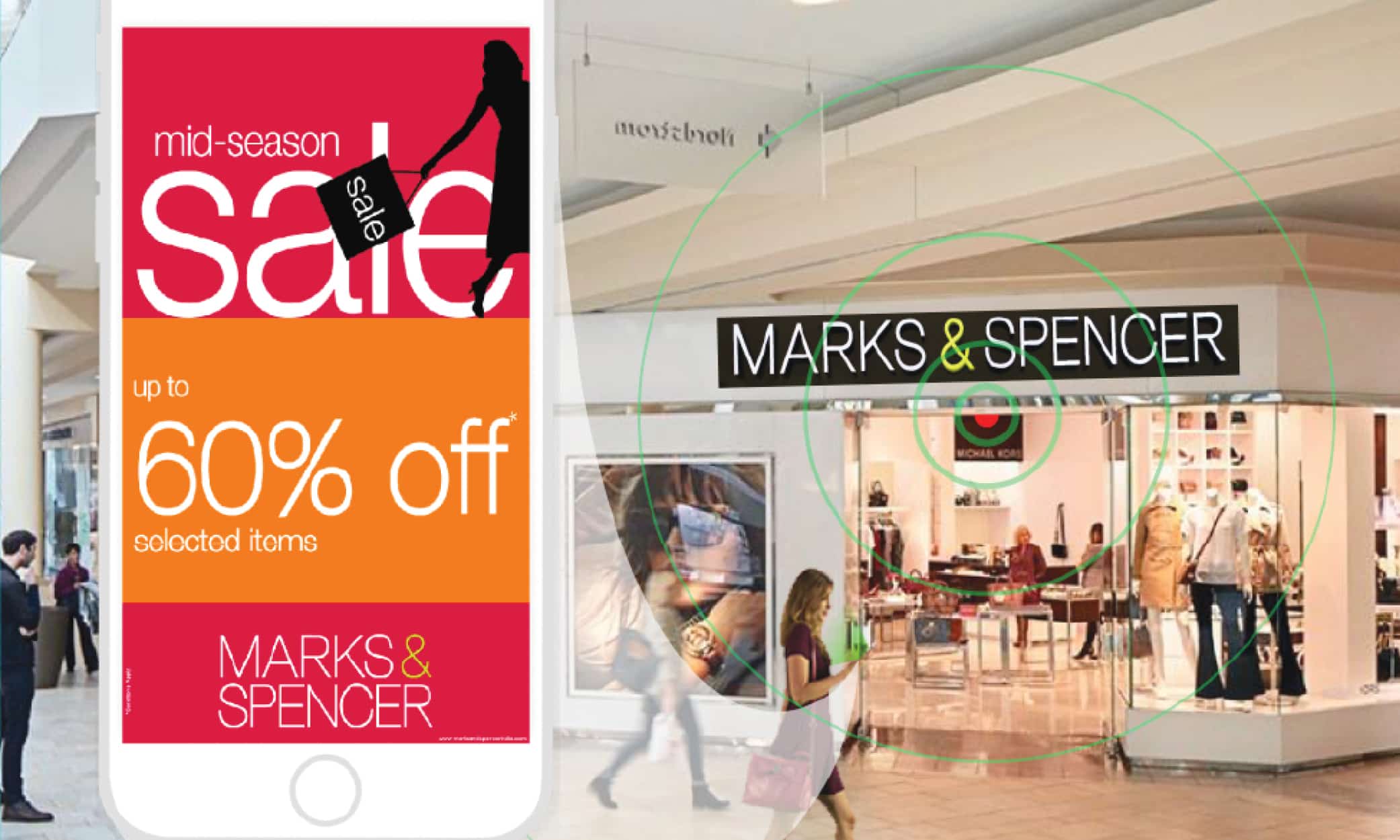A lot has evolved in the marketing and advertising domain, mostly due to the digitalization and mobile-first approach adopted by businesses worldwide.
Today, targeted marketing and advertising, enabled by location-based technologies and Social Media tools, act as a catalyst in driving shoppers to either physical or online stores. Global Navigation Satellite System (GNSS), complemented by indoor positioning technologies such as Wi-Fi, Bluetooth, or beacon, allows businesses to deliver personalized and relevant advertisements to shoppers based on their physical location.
Additionally, Social Media platforms, including Facebook, Twitter, and Instagram, provide retailers with an Audience Insights tool, offering valuable location-based information such as followers’ household income, purchasing behaviors, pages they like, and the activities they prefer to participate in.
By combining shoppers’ real-time location and their behavioral insights, retailers can advertise the right products and services to the right consumers at the right time.
“One of our clients increased customer engagement by 28.5% by integrating location data into their marketing strategy. This demonstrates how location technology isn’t just an advantage; it’s becoming an operational necessity in today’s competitive landscape,” says Mike Davie, SVP & General Manager, Quadrant – Appen, Singapore.
Here’s how geospatial and location play a role in retail marketing and advertising:
Proximity Marketing
Proximity marketing utilizes GNSS and Bluetooth positioning on consumers’ mobile devices to create a virtual geographic boundary, enabling software to trigger personalized messages when the device enters or exits the predefined boundary.
The technique is also known as ‘geofencing’. The geofence can be defined by radius distance from the Point of Interest (POI), by drive/ commute time, or by building footprint, i.e. an entire building, park area or a store unit in a mall. With geofencing, retailers can send discount coupons or time-sensitive promotions for certain products when consumers are within proximity of their stores or their competitor stores. The message can be sent via SMS, via push notification on mobile app, or via online banners on Social Media. This targeted and timely marketing approach significantly enhances conversion rates compared to mass advertising.
“Perhaps the best example of the use of proximity marketing today is with Starbucks. They have a mobile app that uses GPS technology to provide customers with information about the nearest Starbucks locations. But they take it a step further with personalized marketing. When customers who have the app are near a Starbucks location, they may receive personalized messages and offers based on their purchase history,” shares Asif Khan, Founder & President, Location Based Marketing Association, Canada.
“This strategy not only drives traffic to their stores but also enhances customer loyalty by providing a personalized experience,” he adds.
Market Segmentation
Market segmentation allows retailers to tailor their marketing efforts and create more personalized and effective campaigns based on consumer’s geographic location, local needs, characteristics and behaviors.
By collecting and analyzing geospatial data in a Geographic Information System (GIS), retailers can gain insights on the characteristics, i.e. demographics, preferences, and behaviors of a certain location, and segment their markets in a more effective and informed way.
“Location technology aids us in targeting customers effectively. Analyzing location patterns and customer behavior helps us identify critical segments and send targeted promotions to customers near our stores. This enables us to drive customer engagement and boost sales,” says Mayank Singh, Chief Digital Officer and VP – Marketing, Digital Business & IT, Domino’s Indonesia.
Digital Out-of-Home (DOOH)
Out-of-home (OOH) advertising has been traditionally non-digital and non-programmatic. It is the outdoor advertisement via billboards, ads on bus stops, subways, etc., targeting consumers in public places – when they are commuting to work, waiting (for example, in elevators), or in specific commercial locations.
Today, however, these OOH are being powered up with location-based AdTech – geofencing, tracking, retargeting, personalizing, attribution and measurement – enabled via the audience’s mobile phones. Consumers who viewed the offline ads can be tracked using mobile device IDs and later re-targeted with a promotional offer on his/her mobile. This increases ads conversion rate and allows better estimations of return on investment (ROI).
Sophie Lewis, Product Owner at Talon, a global OOH media agency in the United States, said “Proximity has always been a key consideration in how our customers plan and buy OOH ad campaigns today. They are keen to buy ads that are strategically placed to either drive immediate foot traffic or go head-to-head with the competition. This is impossible Proximity marketing in action without geofencing the ad units.”
ALSO READ: Dawn of Omni-channel Integration












